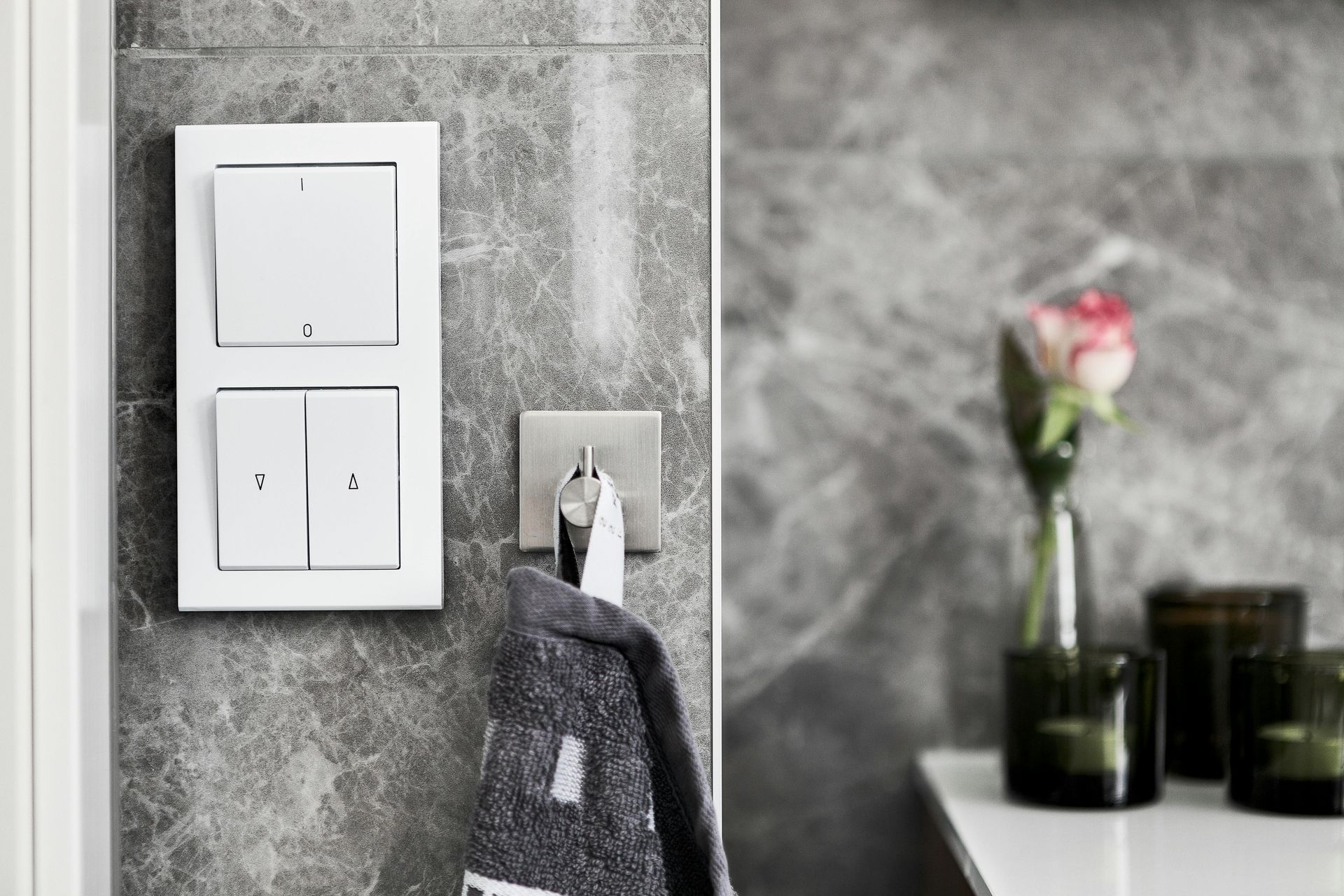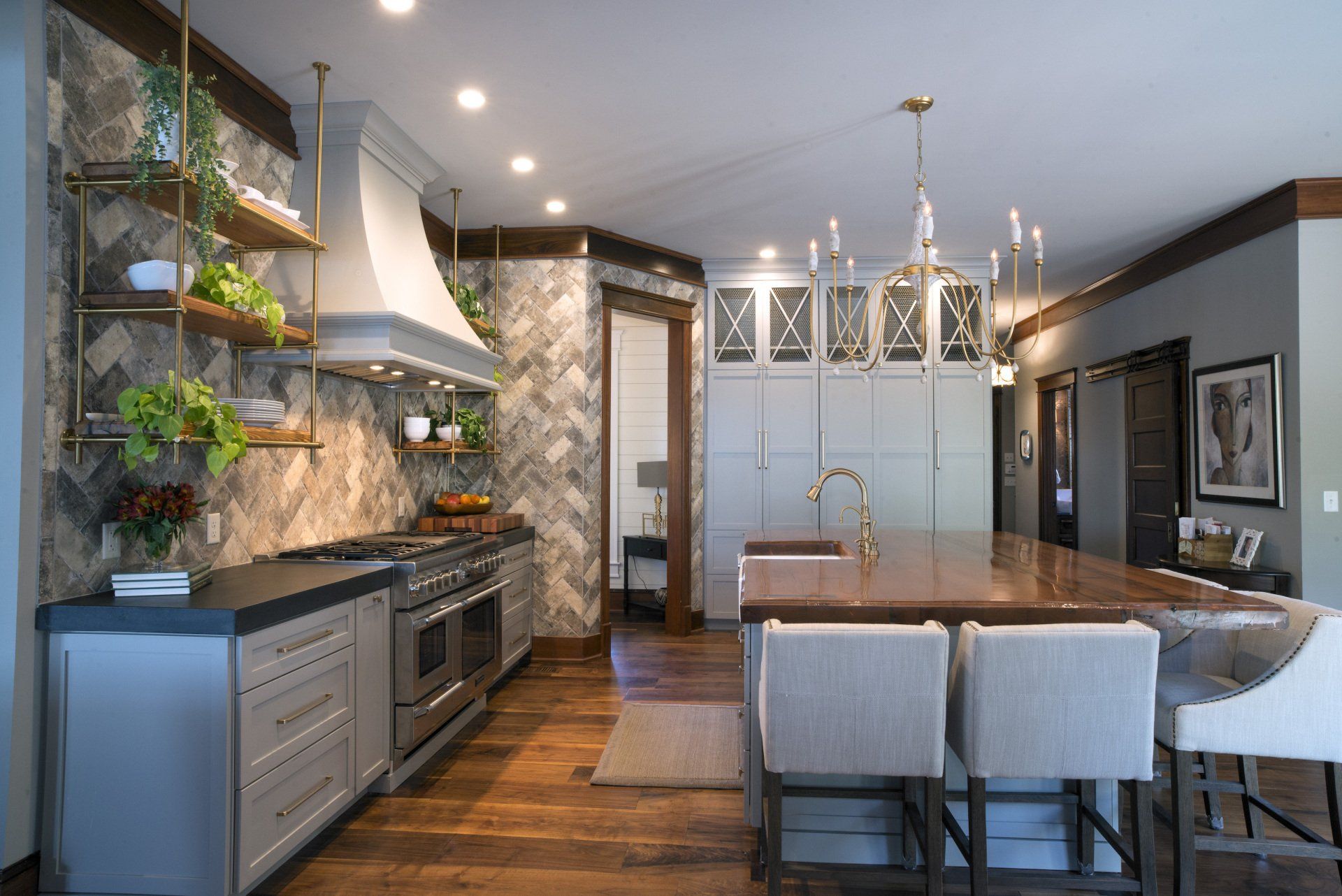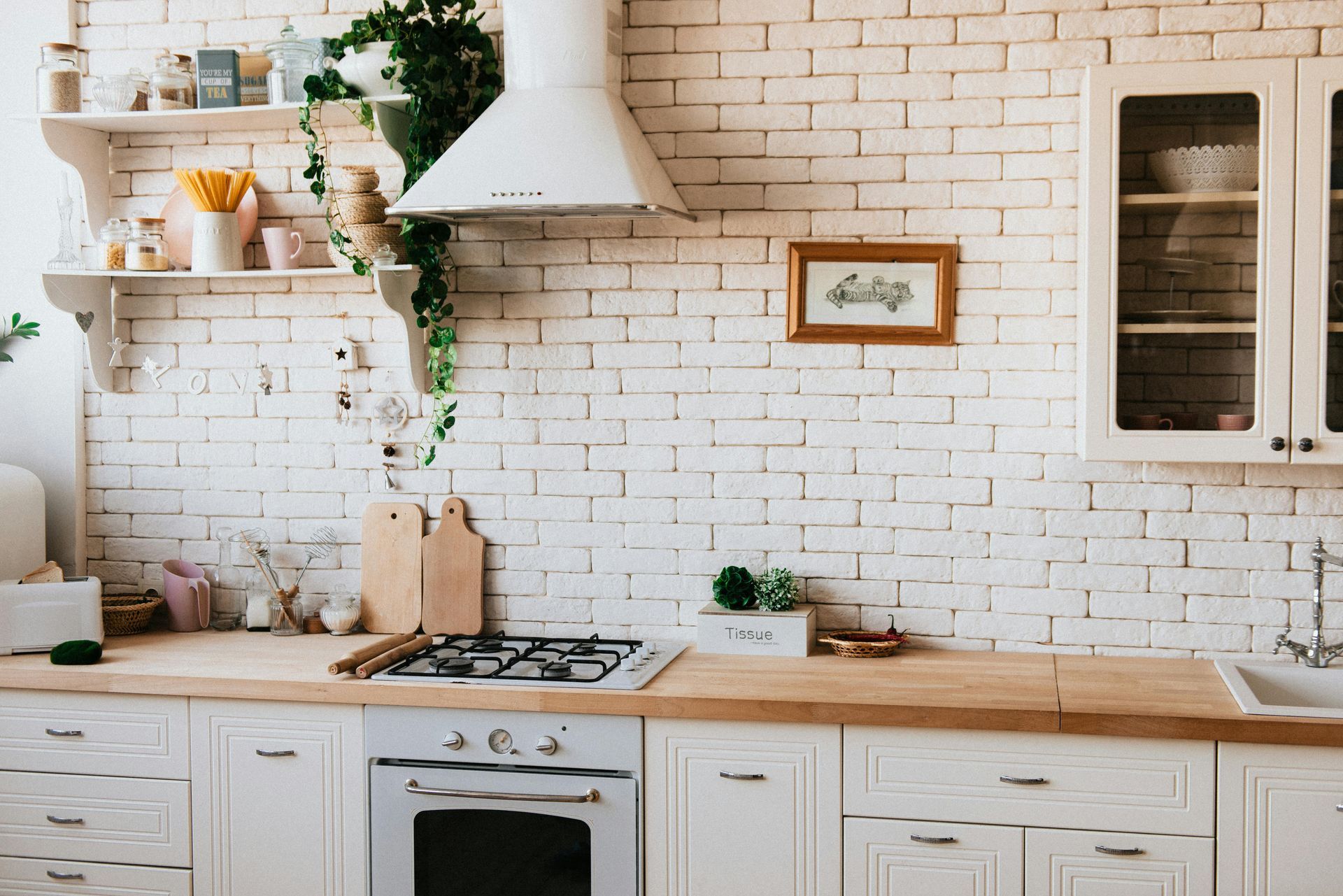Lighting can make or break the way a kitchen functions, looks and feels. Lighting can be transformative in a kitchen, helping to make smaller spaces appear larger and spotlighting focal points that attract the eye and the imagination. Homeowners in Chattanooga should expect their kitchen designers to present a layered lighting plan that contributes not only to the functionality of the kitchen but also to its design and beauty. The different types of lighting that are used to layer light are:
- Task
- Ambient
- Accent
Task lighting focuses light on the areas in the kitchen used for meal preparation, cooking and cleaning, e.g. countertops, the range/cooktop and the sink.
Ambient lighting is the main source of illumination for most rooms in a home. The goal of ambient lighting is to provide soft, general illumination without necessarily drawing attention to the light source. Ambient lighting provides enough light for safe navigation, cooking and washing dishes and helps to define the space.
Accent lighting can keep your kitchen from looking ordinary or bland by highlighting open shelving, artwork, architectural details or a statement making range hood, among other objects.
We recommend lighting controls such as dimmers and motion detectors in almost every lighting plan because they not only are more environmentally friendly, but they also help to control utility costs and enable you to alter the look and feel of the room.
The type and amount of light needed for a new kitchen will be dictated by the size of the space and the amount of daylight that the room receives from windows, doors and/or skylights. Electric light fixtures complement the light generated by Mother Nature. Mother Nature can be fickle, however. Clouds, rainstorms and other weather conditions can minimize the amount of daylight that enters the space.
Smooth, shiny materials will reflect more light than textured matte surfaces. Polished marble will reflect more light than honed black slate. More light is needed in a space with dark and textured finishes.
The feel of the kitchen also is affected by paint colors. Different paints and colors have different reflective capabilities that should be discussed as part of the planning process. A lighting plan should account for the possibility that the sun won’t shine brightly every day. Generally, electric lighting supplements or replaces daylight but man-made light can’t match daylight’s intensity or color distribution. Exposed lamps tend to look warm or even yellow compared to sunlight coming to the space through skylights, windows or glass doors. Recessed lighting may be a good option to create a color palette that works in the space. If recessed lighting is not wanted or practical, ambient lighting can be provided by pendants or surface-mounted fixtures installed around the perimeter in a cove.
Pendants can deliver light upwards or downwards or in a combination of up-lighting and downlighting. Pendant options are almost limitless and a great way to influence the look of the kitchen. Highly polished stone and other reflective surface materials can amplify available light in the room, but also produce unwanted glare.
A kitchen lighting design is successful when all three types of light – ambient, task and accent – are layered together within a room to create a fully usable, adaptive space. Good lighting does not draw attention to itself but highlights the other design elements and fixtures in the space. Different light layers may be activated depending on purpose or time of day. For example, during the day, pendants over the island may not be needed at all, but when you start to prepare dinner in the evening all the layers providing ambient, task, and accent lighting become necessary.
Want to know the light that will make your kitchen shine? Give us a call at 423-266-0077 or make an appointment to visit our showroom either in person at 2601 Broad St.





